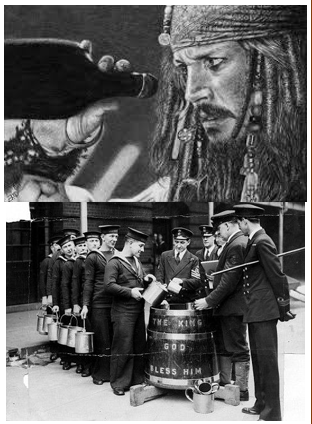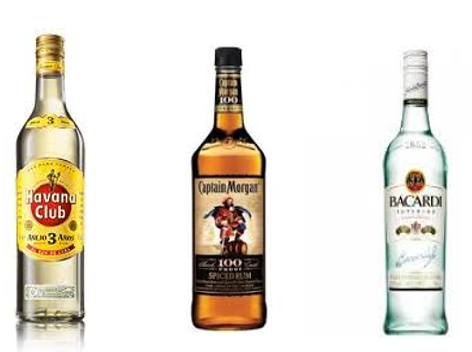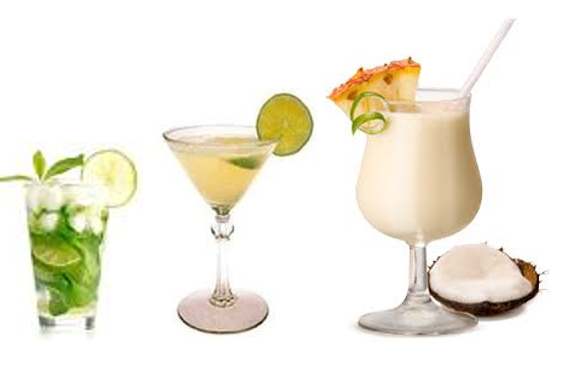Quick Facts
When speaking about rum, you should remember that this is one of the oldest and the most popular alcoholic beverage in the world. It hardly needs any promotion as it is popularized through films, literature (adventure stories especially those involving pirates), social media. Rum is made from molasses or sugarcane juice through distillation and fermentation. The distilled rum has no color, but it becomes brown as it is aged in oak casks. It can preserve its clarity if it is aged in stainless still. The major producers of this beverage are Caribbean and Latin America countries. However, other countries (such as the USA, Canada, South Africa, Japan, Spain, India, and so on) also produce rum.
When drinking rum, the person may taste molasses, burnt caramel, spices, vanilla, and oak. However, the taste may depend on the region the beverage is produced. The target market is really wide as many groups of people love this bittersweet drink. You can find rum lovers among young and middle-aged men, adult females, old men. Younger generations may prefer cocktails with rum.

Brief History

It is believed that fermented beverages produced from sugarcane juice appeared in ancient India and China. However, the distilled beverage was first produced in the 17th century after Caribbean slaves had found that sugarcane juice can be fermented into an alcoholic beverage. The beverage became very popular in Latin and North America and spread to other regions. During the 17th and 18th century, it could even be used instead of money as sailors were often paid in … rum. This drink was also very popular during the two World Wars. Perhaps, the history of this drink makes people associate rum with strong, courageous and adventurous men.
Production
The key ingredients are molasses and sugarcane juice. Water and yeast are used for fermentation. After the distillation, the liquid is placed in oak (or stainless steel) barrels, which affects the color and the taste. The alcohol content is around 40-50% ABV. The rum should be aged for more than a year. The older the beverage is, the darker and more expensive it can be. The drink is normally blended, and other ingredients (like caramel or vanilla) can be added. Some types of rum can be filtered to remove any unfavorable color and flavor.
Regulations to Follow
Alcohol and Tobacco Tax and Trade Bureau regulations including
- CFR Part 20 (distribution and use of rum),
- CFR Part 21 (formulas for rum).
Labeling
Labelling regulations provided by TTB include the requirement to provide information on many features including but not confined to:
- Alcohol content
- Country of origin
- Brand name
- Ingredients and blending materials
- Class and type
- Age
Popular Brands

Popular Drinks Are
Mojito
- A mix of rum,
- soda,
- lime,
- mint,
- sugar.
Squish mint, lime and sugar and add rum and soda.
The Daiquiri
- A mix of rum,
- sugar syrup,
- lime juice.
Piña Colada
- Mix light rum,
- coconut cream,
- pineapple juice,
- shake it or blend it.
Classification
Rum can be
- dark (aged for over two years in oak barrels),
- white (kept in stainless steel tanks for a couple of weeks),
- aged (aged for over three years, kept in oak barrels and produced in French West Indies),
- amber (aged for a year and a half in oak barrels),
- vintage (kept in ‘exotic’ or non-oak barrels, which creates certain risks to the flavor and overall quality),
- spiced (a mix of white rum and different spices).
Storage
Rum is a dream product for a bar or restaurant manager as there are no particular storage requirements for bottled rums.
So, it is really your choice!
Serving Rum
Rum can be served in grappa glasses and should be held in hands to make the liquid warm, which releases the flavor.
